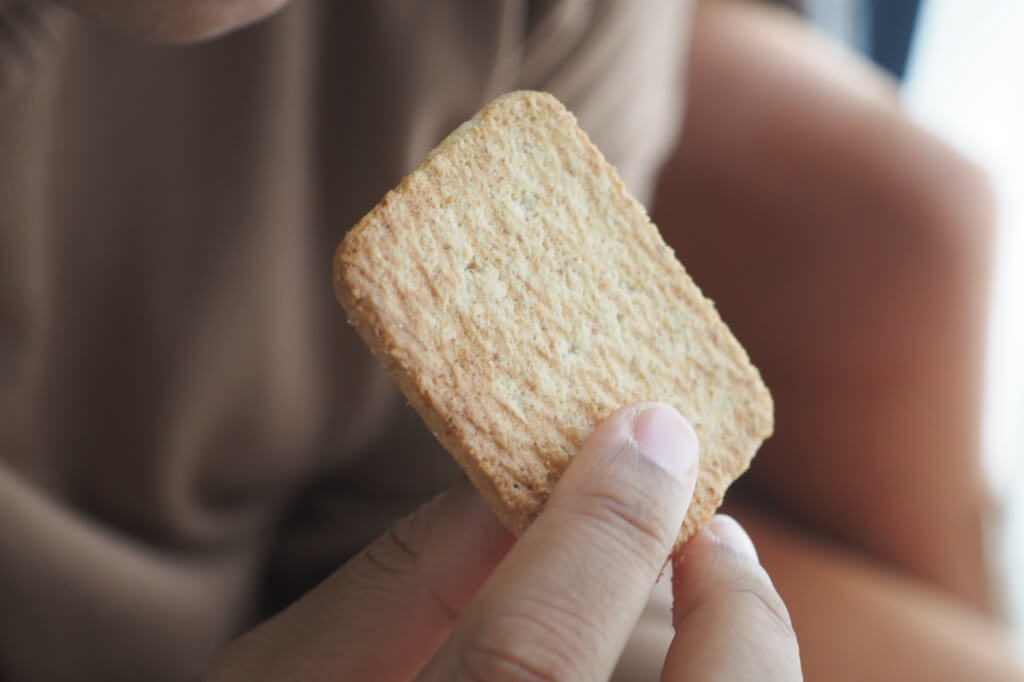Dry cleaning dates back to ancient civilizations, notably the Romans. Archaeological findings in Pompeii, devastated by Mount Vesuvius in 79 AD, reveal the existence of early dry cleaners. Roman fullers used substances like fuller’s earth, lye, and ammonia derived from urine to cleanse clothing. This mixture effectively removed dirt and sweat stains, especially from delicate fabrics. The significance of this method was such that urine collection was even taxed. Public restrooms often housed urine collection containers, a testament to the method’s widespread use.
The major leap in dry cleaning occurred in the early 1800s. Jean Baptiste Jolly, a Frenchman, is often credited with pioneering the modern method. In 1825, a mishap involving a spilled lamp and turpentine on a dirty tablecloth led Jolly to discover that turpentine removed stains. This accidental finding resulted in Jolly opening “Teinturerier Jolly Belin,” considered the first modern dry cleaning shop. Whether this origin story is entirely accurate or not, Jolly’s contribution to dry cleaning is undeniable.
Before Jolly’s discovery, Thomas Jennings, a New York tailor, patented a process called “dry scouring” in 1821. Jennings was notable for being the first African American to receive a U.S. patent. His innovation was born from a need to clean delicate garments that could not withstand traditional washing. The success of his method not only established him as a pioneer in the industry but also allowed him to free his family from slavery and support abolitionist causes. Unfortunately, the specifics of Jennings’ process were lost in an 1836 fire.
19th-century dry cleaners, including those influenced by Jennings, often used solvents like turpentine, benzene, kerosene, and gasoline. These substances posed significant risks. Garments retained an odor of turpentine, and solvents like benzene were hazardous to both workers and customers. The primary concern, however, was the high flammability of these solvents. Due to fire risks, many cities banned dry cleaning in commercial areas, leading to a decentralized model of garment collection and cleaning.
The search for safer cleaning methods led to the adoption of chlorinated solvents around the 20th century. These new solvents were as effective as their petroleum-based predecessors but without the associated fire risks. This advancement enabled dry cleaners to move back into urban areas, simplifying the logistics of garment cleaning.
In the 1930s, dry cleaners began using a chlorine-based solvent known as tetrachloroethylene or perchloroethylene (“perc”). Discovered by Michael Faraday in 1821, perc became the solvent of choice due to its effectiveness and suitability for smaller operations. Despite being less hazardous than earlier solvents, perc is not without controversy. The EPA has sought to phase it out due to its toxicity to plants and animals and potential health risks to humans, including neurological issues and an increased risk of Parkinson’s disease. The International Agency for Research on Cancer classifies perc as a Group 2A carcinogen.
The dry cleaning process involves several steps. Stains are pre-treated by hand, and non-compatible materials (like certain buttons) are removed before cleaning. The garments are then placed in a machine that operates similarly to a household washing machine. Solvents are cycled through the machine, agitating and cleaning the garments. During the drying cycle, temperatures are raised to about 140 degrees Fahrenheit to evaporate the chemicals without damaging the clothes. Most modern machines recover and recycle nearly all the chemicals used.
Before the advent of dry cleaning, people relied on more rudimentary methods to clean their clothes. Historical records from Pompeii show that professional clothes cleaners, known as “fullers,” utilized substances like lye, ammonia, and fuller’s earth. These materials were adept at removing soils and grease from clothing that was too delicate for traditional laundering. This period highlights the ingenuity of ancient civilizations in fabric care, setting the stage for future developments in the field.
The Dry Cleaning Process
- Garment Tagging: Each item is assigned an identification number, ensuring that clothes are returned to their rightful owner after the cleaning process.
- Garment Inspection: This involves examining the clothes for any specific stains or areas that need special attention, as well as checking for damages or loose items.
- Stain Pre-treatment: Stains are treated with specific chemicals before the main cleaning process. This step is crucial for removing tough stains that might not be eliminated during the machine cleaning.
- Machine Dry Cleaning: Clothes are cleaned in a machine using a solvent. This solvent is usually a liquid that contains little or no water, preserving the fabric’s integrity and appearance.
- Post Spotting: After the garments are cleaned, they are inspected again for any remaining stains. Any lingering spots are treated and removed.
- Finishing: The final step involves pressing, steaming, ironing, and making any necessary repairs to restore the garment to its best possible condition.
Why Dry Cleaning Stands Out
Dry cleaning offers significant advantages over traditional washing. It is particularly effective in removing dirt, stains, and grime, often leaving clothes looking cleaner and newer than after a regular machine wash. The process is gentle on the fabric, helping to preserve its quality and extend the garment’s life. This is especially beneficial for delicate or high-quality clothing items where preserving texture and color is crucial.
The term ‘dry cleaning’ stems from the fact that no water is used in the cleaning process. The method relies on solvents to remove dirt from clothes without damaging the individual fibers. This is particularly important for materials that may be compromised by water or traditional detergents.
Identifying Garments Suitable for Dry Cleaning
When you’re sorting through your wardrobe, knowing which garments are ideal for dry cleaning can save you from potential damage. Fabrics like silk, wool, and velvet often require dry cleaning. These materials can lose their shape, texture, or color when washed with water. If you have clothing made from these fabrics, consider dry cleaning as your go-to option to maintain their quality.
Assessing Garment Care Labels
Always check the care labels on your clothing. If a label says “Dry Clean Only,” you should follow this advice to avoid damaging the item. These labels are there for a reason – they indicate that the garment might not withstand the rigors of a standard washing machine and dryer.
If your garment has delicate features like beading, sequins, or intricate embroidery, dry cleaning is often the safest choice. The gentle process of dry cleaning ensures that these embellishments stay intact and don’t suffer damage from the agitation of a washing machine.
For tough stains on sensitive fabrics, dry cleaning can be a savior. If you’ve spilled on a garment made from silk, wool, or other delicate materials, resist the urge to treat it at home. Professional dry cleaners have the expertise and the right solvents to remove stains without harming the fabric.
Deciding Between Dry Cleaning and Hand Washing
Some items labeled as “Dry Clean” can be safely hand washed. This is often the case with less delicate silk and wool garments. If you’re unsure, it’s better to err on the side of caution and opt for dry cleaning. When in doubt, consult a professional dry cleaner for advice on the best cleaning method for your specific garment.
Be aware that not all items are suitable for dry cleaning. Materials like leather and suede might require specialized cleaning techniques that go beyond standard dry cleaning methods. Always consult with your dry cleaner about the best way to care for these unique materials. To get the most out of your dry cleaning experience, communicate with your cleaner. Let them know about any stains or areas of concern. Your dry cleaner can provide tailored services based on your garment’s specific needs, ensuring that your clothes return to you in the best possible condition.
The development of the dry cleaning process is a testament to human innovation in caring for diverse fabric types. This method, born from a blend of historical practices and serendipitous discoveries, now serves as a crucial solution for maintaining garments that are sensitive to traditional washing methods. As consumers, being informed about the intricacies and history of dry cleaning empowers us to make better choices for our garments, ensuring they remain in pristine condition.




